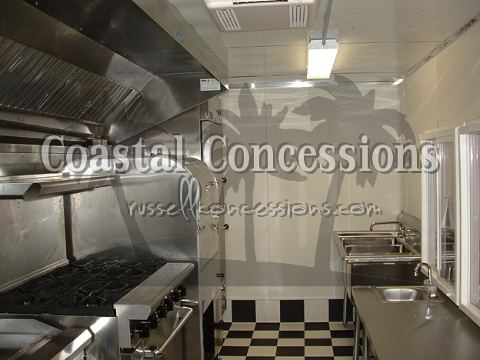With today’s technology and the use of social media, it is easier to market products and services now. For realtors and mortgage brokers this technology is valuable because it can reach more people faster, easier and less expensively just by actively engaging in discussions. Bringing the right information to the table and no-nonsense advertising in social media will definitely boost sales.
However, there are consumer groups who think that social media is being abused by people from this industry.
In fact consumer advocates are requesting the government to release guidelines that would regulate the use of social media to market products and services which includes real estate brokers, residential mortgage lenders, and financial institutions.
Though the proposed guidelines may not impose sanctions or obligations, they will serve as a reminder to comply with consumer protection and laws like TILA (the Truth in Lending Act) and RESPA (Real Estate Settlement Procedures).
Mortgage Marketing Guidelines
The proposal issued early this year by the Federal Financial Examination Council is a 31-page guideline which states that financial institutions that are doing business in the residential mortgage market should display the logo of the Equal Housing Opportunity on their Facebook page.
Also, it stipulates that lenders who advertise using social media communications must comply with the provisions of Regulation Z of TILA which requires loan terms and costs be disclosed. All rates for specific loan terms and loan products should be disclosed in advertisements on social media.
Lenders and settlement services providers such as title insurers are also prohibited by RESPA to split fees, or give or accept money in exchange for referrals. Also, it is prohibited to have specific timing like applications taken electronically.
Before the implementation of the proposed regulations, the FFIEC will be open for comments and suggestions from consumers to report any lapses. For 60 days they are collecting all issues regarding the use of social media as a tool to market services and products of financial institutions.
Consumers are specifically asked to comment on these issues:
- Should there be other types of social media, or ways where lenders, mortgagors and brokers use social media, that were not included in the initial guidelines that were proposed?
- If there are other consumer protection laws, policies and regulations that were not discussed in the proposal but should be included.
- Lastly, if there are any technological issues or other obstructions for financial institutions preventing compliance with these regulations and policies for using the social media as a marketing vehicle.
The FFIEC, established in March 1979, is responsible for creating uniform principles, standards, and forms to build and promote consistent and conforming standards for financial institutions. It is the inter-agency already responsible for drawing up principles and standards required by the federal examination of financial institutions by regulations which includes the Federal Reserve, National Credit Union Administration and the Consumer Financial Protection Bureau.
About the Author;
Georges Kfoury is the founder and Chief Executive Officer of Leaderscorp Financial Inc., headquartered in Rancho Cucamonga, CA. Founded in 2003, Leaderscorp Financial is a leading provider of mortgage refinancing dedicated towards providing affordable home loans. Although without a mortgage background, Kfoury was able to immediately take the company to a level of generating annual income ranging from 8 to 10 million dollars.











 Social media is an integral part of our daily lives, both at home and in the work place.
Social media is an integral part of our daily lives, both at home and in the work place.